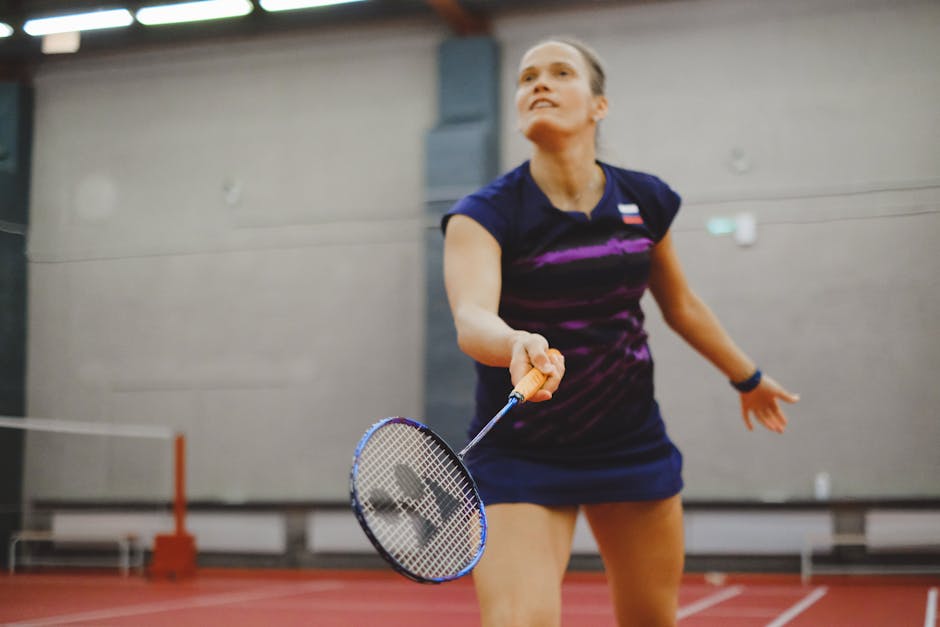My badminton journey began with an unassuming invitation to join a group of friends for a casual game. Little did I know that this simple step would ignite a passion within me that has only grown stronger over the years. With every swing of the racket, I felt a surge of exhilaration and a sense of accomplishment.
Badminton is a deceptively simple yet incredibly rewarding sport. The basic rules are easy to grasp, but mastering the techniques and strategies requires patience, practice, and a keen eye for the game. The unique combination of agility, power, and finesse makes badminton an engaging and captivating sport for players of all ages and skill levels.
At the heart of the game lies the badminton racket, an essential tool that can significantly impact your performance. Choosing the right racket depends on several factors, including your playing style, skill level, and budget. Here's a comprehensive guide to help you find the perfect badminton racket for your needs:
**1. Head Shape:**
– **Isometric:** Isometric rackets have a rectangular head shape, providing a larger sweet spot for improved accuracy and power.
– **Oval:** Oval-shaped rackets have a smaller sweet spot but offer greater control and precision.
**2. Frame Material:**
– **Carbon Fiber:** Carbon fiber rackets are lightweight, durable, and offer excellent power and control.
– **Aluminum:** Aluminum rackets are affordable and durable, but they may not provide the same level of performance as carbon fiber rackets.
– **Titanium:** Titanium rackets combine the strength of carbon fiber with the flexibility of aluminum, resulting in a balanced racket with good power and control.
**3. Grip Size:**
– **Measure your grip:** To determine the correct grip size, wrap your hand around the handle of a racket as if you were holding it for a forehand grip. There should be enough space between your fingers and the palm of your hand to fit a finger or two.
– **Standard grip sizes:** The most common grip sizes range from G1 (smallest) to G5 (largest).
**4. Weight and Balance:**
– **Weight:** Badminton rackets typically weigh between 70 and 100 grams. Heavier rackets provide more power, while lighter rackets offer greater maneuverability.
– **Balance:** The balance point of a racket determines where it feels heavier. Head-heavy rackets provide more power, while head-light rackets offer better control.
**5. String Tension:**
– **String tension:** String tension is measured in pounds or kilograms. Higher tension strings provide more control but reduce power, while lower tension strings offer greater power but less control.
– **Optimal tension range:** The optimal string tension range varies depending on the racket, but generally falls between 18 and 30 pounds.
**6. Personal Preferences:**
– **Playing style:** Consider your playing style. Do you prefer power or control? A head-heavy racket with a stiffer shaft is suitable for power players, while a head-light racket with a more flexible shaft is better for control players.
– **Skill level:** Beginners may benefit from a racket with a larger sweet spot and lower string tension for easier handling. As your skills improve, you can gradually move to rackets with smaller sweet spots and higher string tension for greater control and power.
Finding the right badminton racket is a personal journey. Experiment with different rackets to discover what suits your playing style and needs best. Remember, the most important factor is to choose a racket that makes you feel confident and comfortable on the court.
